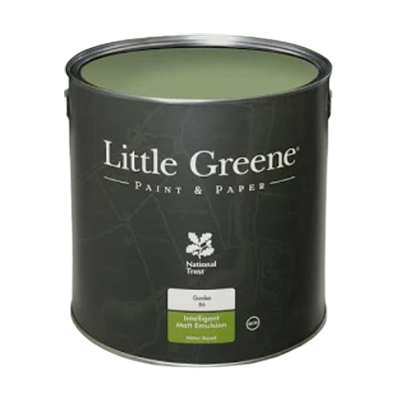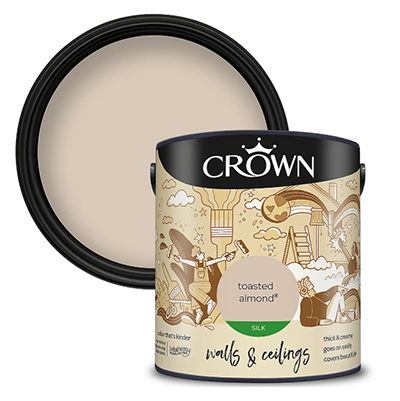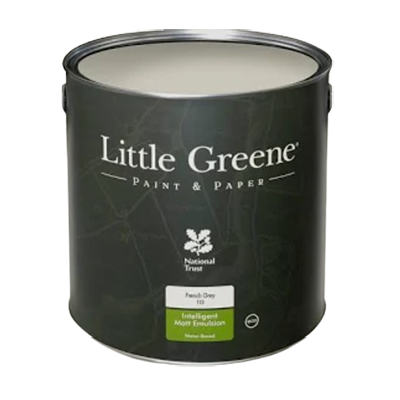What is light reflective value in paint? Experts say it could be the simple secret to making a small kitchen look bigger
Learning to look for this will be the secret to choosing the right shade for your space
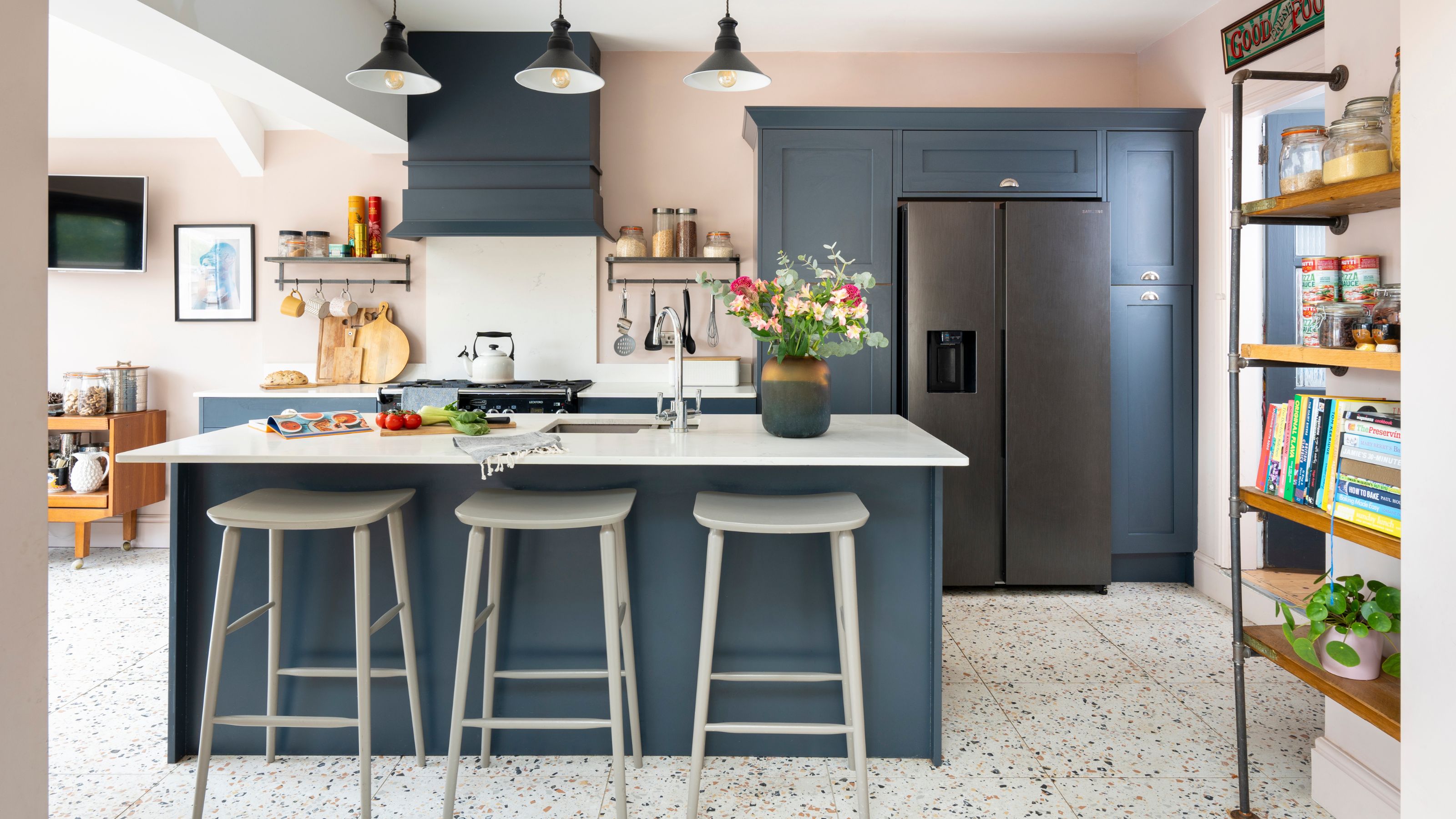

If you've shopping for paint to spruce up your kitchen walls or cabinets then you might have heard of light reflective value, or perhaps you haven't and you're now wondering exactly why you need to consider it.
There's a lot to think about when choosing paint for a kitchen and I'm sure we all know the pain of choosing between multiple shades that look almost identical - which is where LRV comes in.
We've asked experts exactly what light reflective value is in paint and why it's something you need to know about. It will make choosing the right kitchen colour scheme so much simpler and whether it's your walls or paint ideas for cabinets you're looking for - the outcome will be all the more impressive.
What is light reflective value?
So what exactly is light reflective value? Michael Rolland, paint expert and managing director at The Paint Shed, explains.
'Light Reflective Value refers to the measurable amount of visible light that is reflected by or absorbed into paint. It is measured on a scale from 0 to 100, where 0 represents pure black, which absorbs all light, and 100 represents pure white, which reflects all light,' he says.
It's quite simple in that LRV rates how much light a paint will reflect, which will impact how it appears in a room. Whether you're decorating a small kitchen or trying to choose a colour for a pantry, LRV is important to take into account in a kitchen where natural light can sometimes be hard to come by.
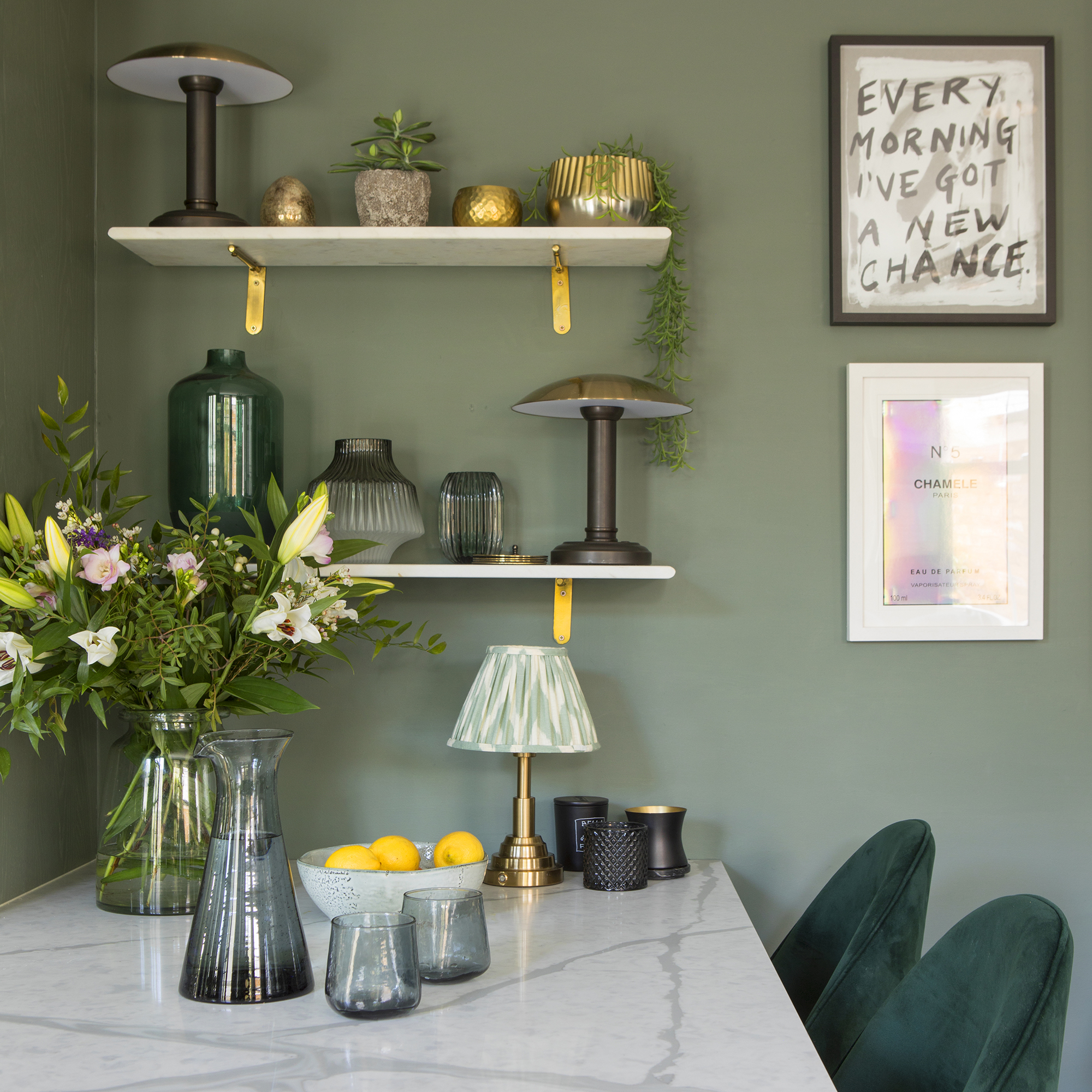
'Paints with an LRV below 50 will generally appear darker. A paint’s LRV can be found by a simple Google search or on paint chip cards,' Michael adds.
Sign up to our newsletter for style inspiration, real homes, project and garden advice and shopping know-how
While not all paint brands advertise the light reflective value on the paint can, you might be able to find it by digging through the manufacturer's website.
It might seem like another thing to complicate the search for the perfect paint but actually it's a detail that could aid the decision. If you're stuck between multiple different shades that are all quite similar but you know you need to make a small kitchen look larger, opting for a higher LRV will be the best move.
How to choose the right light reflective value for your kitchen
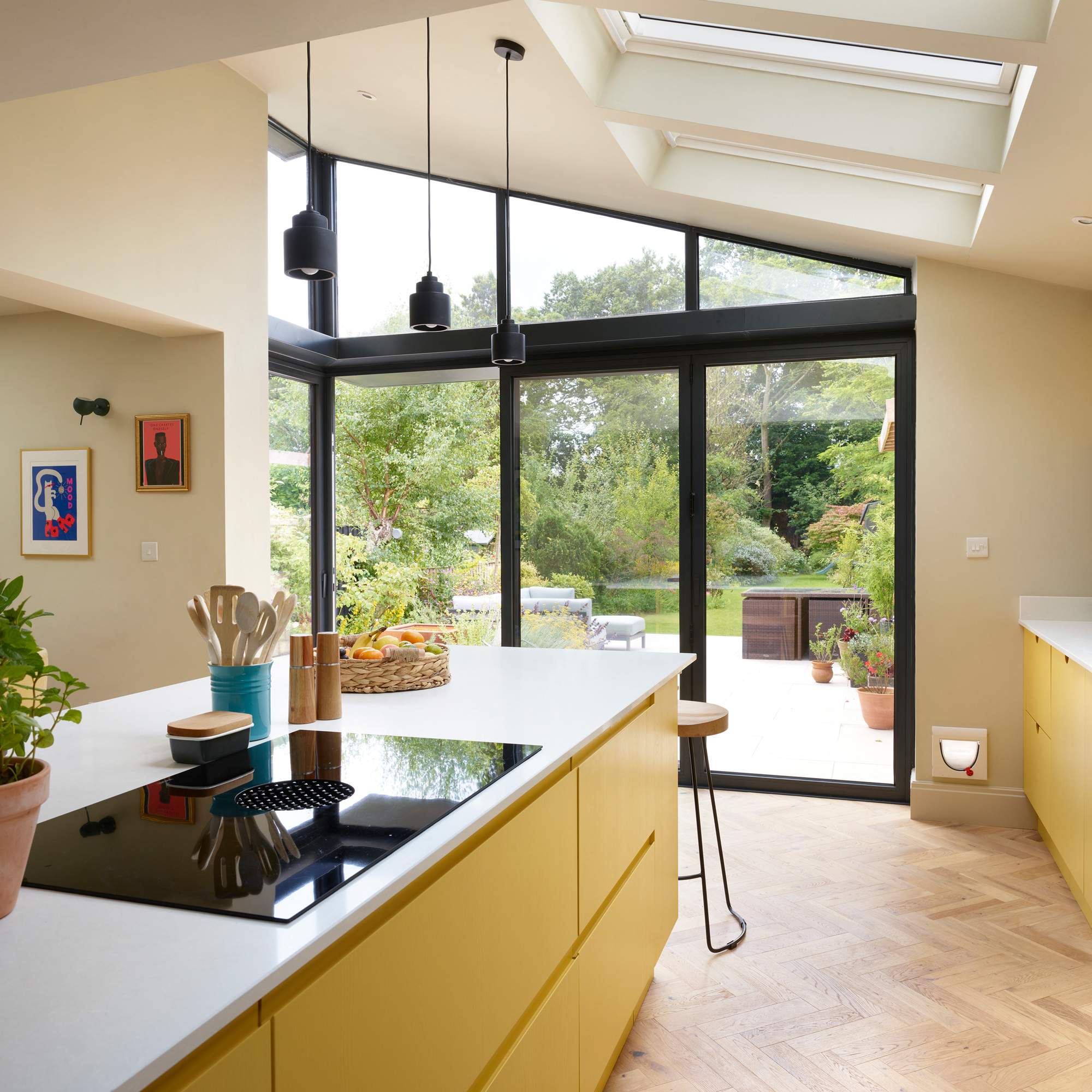
'Understanding the LRV of different paints can help you choose the most suitable option for your project,' Michael explains.
Often times kitchens can be on the smaller side and are sometimes tricky shapes, like a galley kitchen which is long and narrow. Often times it might also just be that your kitchen is north facing, putting natural light at a premium. Fear not - there is a light reflective value to help with any kitchen conundrum.
'Working in a smaller, low-light room? Opt for a colour with a higher LRV, as it will reflect more light and reduce the need for additional lighting. The same principle applies to temperature control: if you use air conditioning, you’ll likely want to avoid darker colours, as they absorb more heat,' Michael recommends.
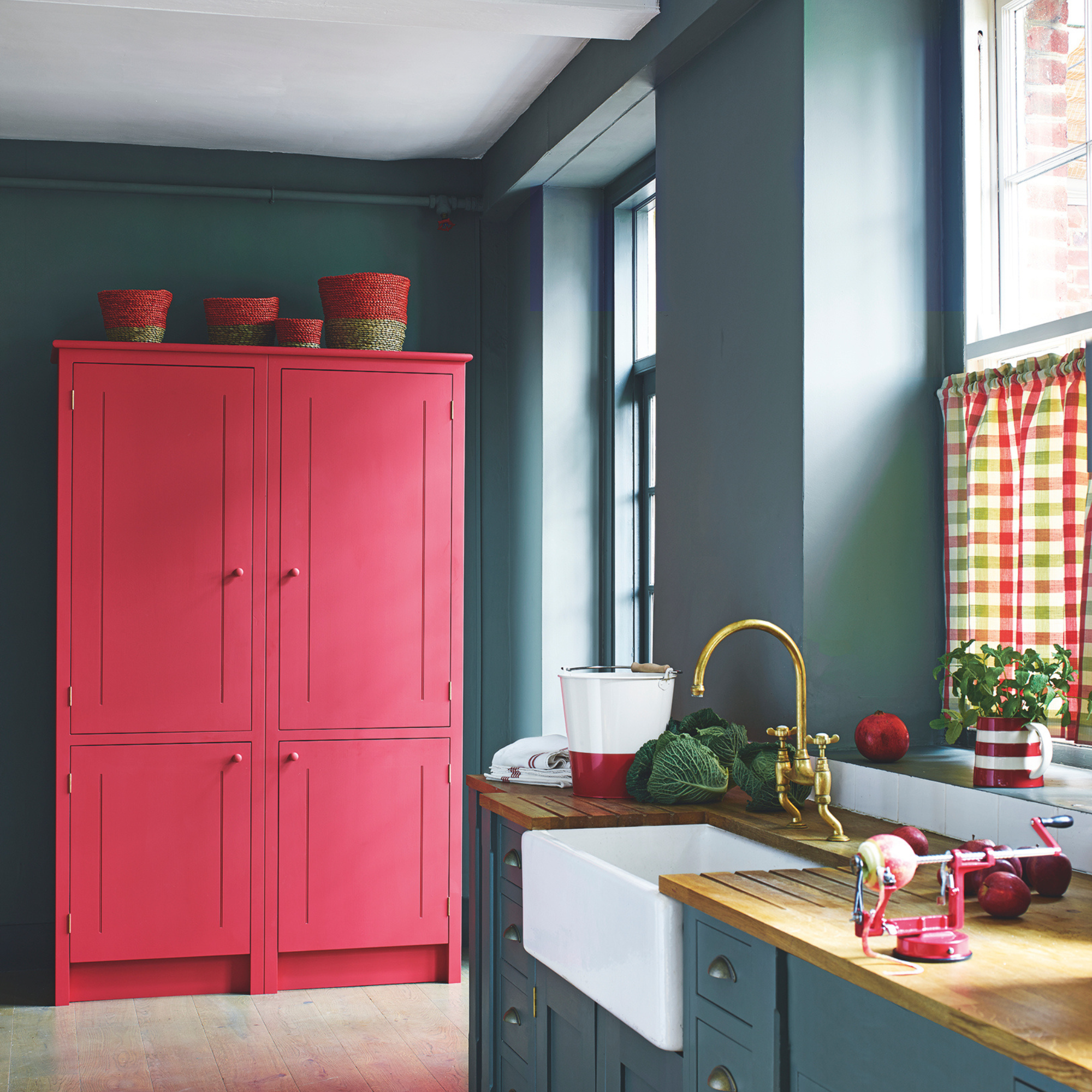
Whether it's your kitchen walls or cabinets, light reflective value can come into both areas when deciding on a paint colour.
It's important to note, however, that light reflective value is different to a paint finish. 'This is separate to sheen (which we talk about with our colours). LRV is how much the colour reflects light, whilst Sheen is how much the surface reflects light. Lighter colours like whites and beiges will have a higher LRV,' explains Tash Bradley, head of interior design at Lick.
So if you love a matte finish but it has a high LRV then don't be put off - it will still be matte, but just more reflective in the colour itself.
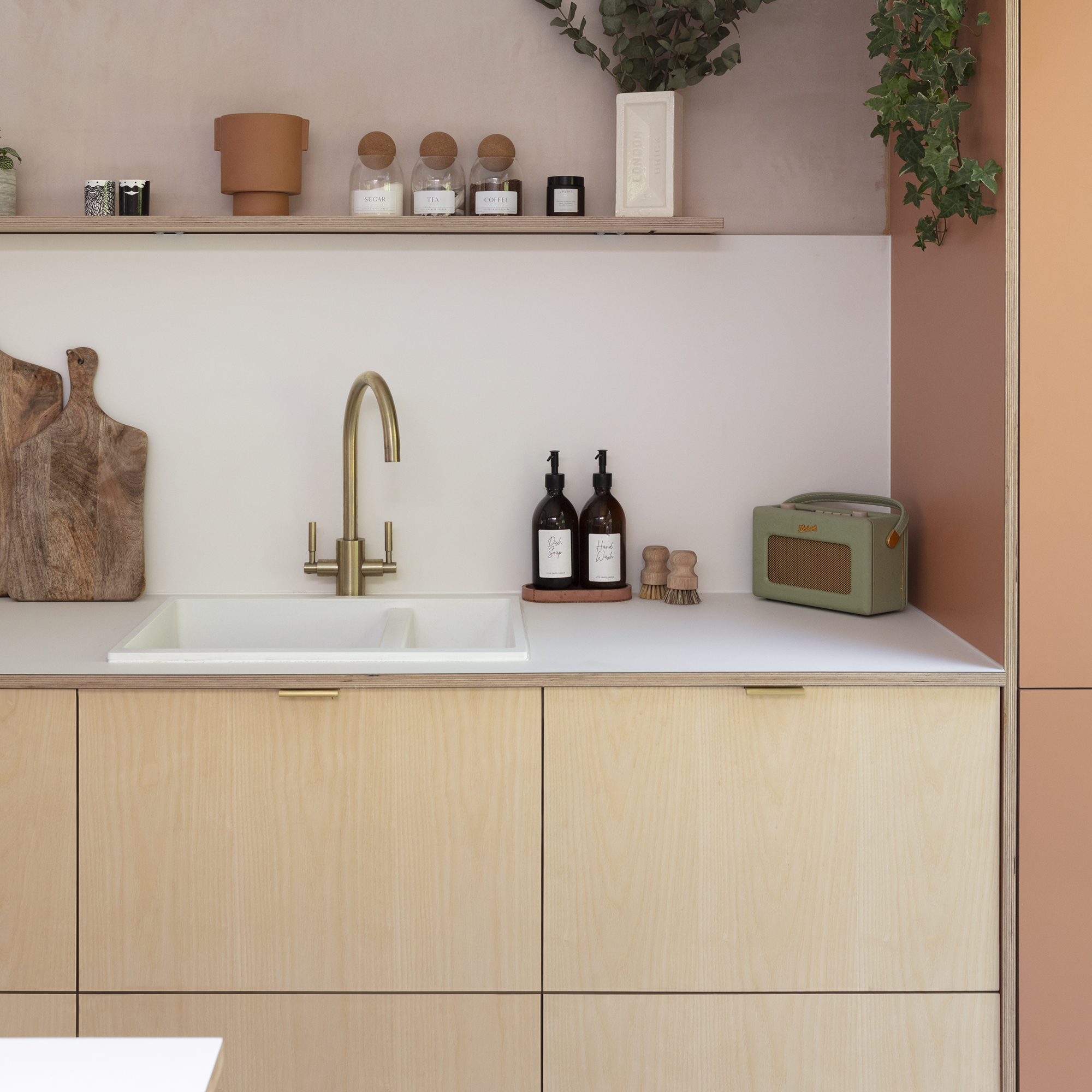
When choosing a paint with the right LRV for your kitchen, the general rule to follow is to opt for a higher number when you want to open up the space and make it feel larger.
However, there's no official rule book and some spaces can look amazing when drenched in a dark, statement hue. It really depends on the type of look you want to achieve. Do you use your kitchen for family mealtimes and therefore you want it to be bright and inviting? Or do you prefer ambient evenings spent hosting friends, in which case a colour scheme that creates a cosy feel may be best.
Our favourite kitchen paint shades
Light reflective value will be useful to note not only for kitchen paint but also elsewhere in the home. Next, give your bathroom paint ideas the LRV makeover treatment.
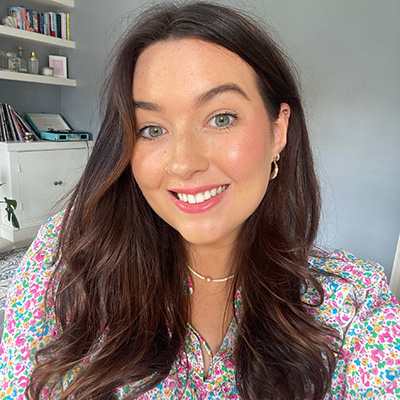
After starting out her journey at Future as a Features Editor on Top Ten Reviews, Holly is now a Content Editor at Ideal Home, writing about the best interior ideas and news. At Top Ten Reviews, she focussed on TikTok viral cleaning hacks as well as how to take care of investment purchases such as lawn mowers, washing machines and vacuum cleaners. Prior to this, Holly was apart of the editorial team at Howdens which sparked her interest in interior design, and more specifically, kitchens (Shaker is her favourite!).
You must confirm your public display name before commenting
Please logout and then login again, you will then be prompted to enter your display name.
